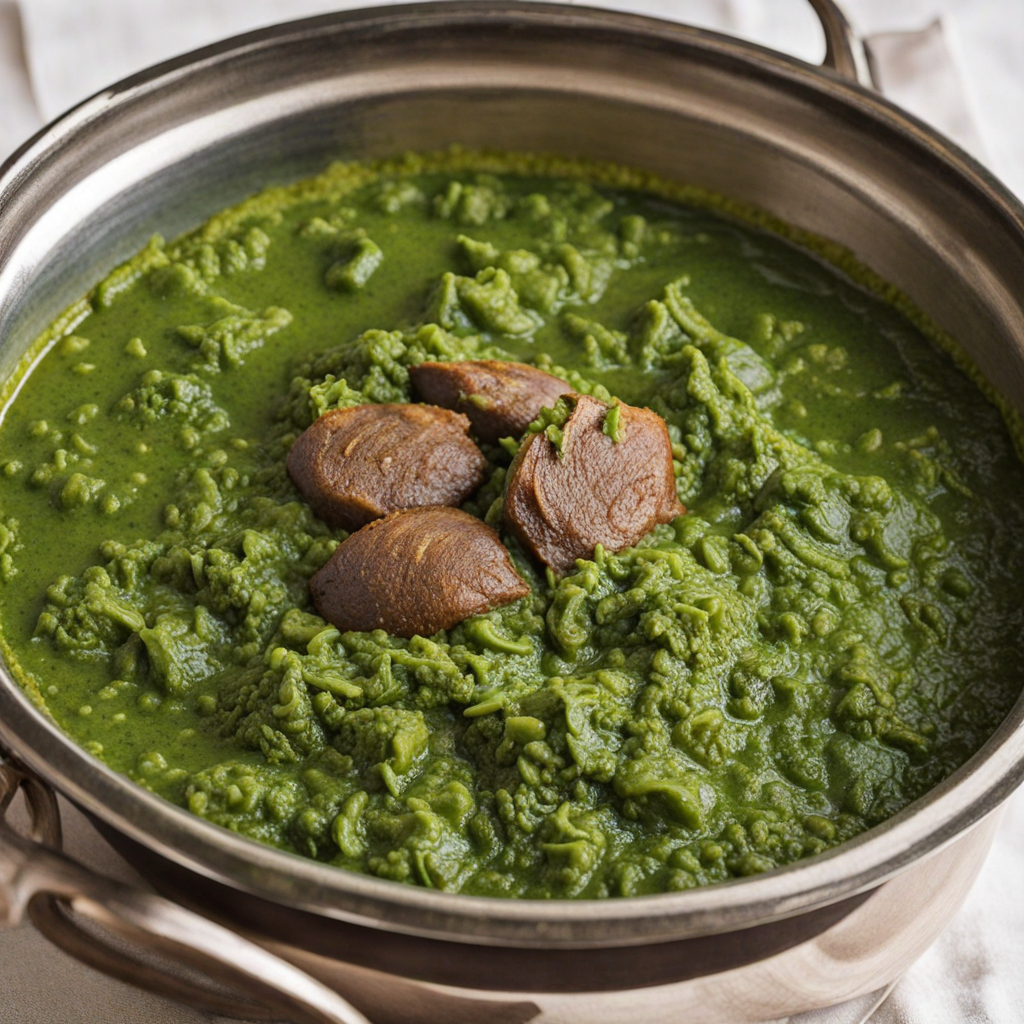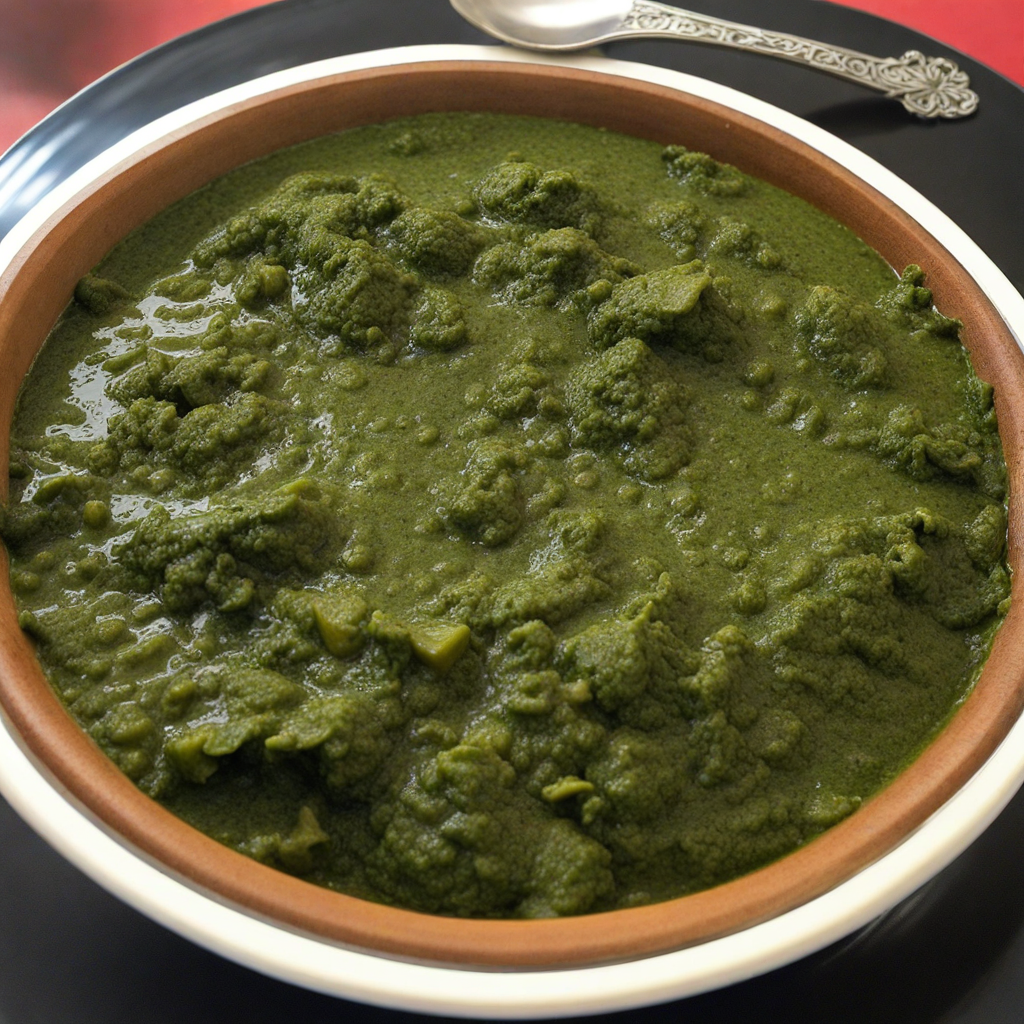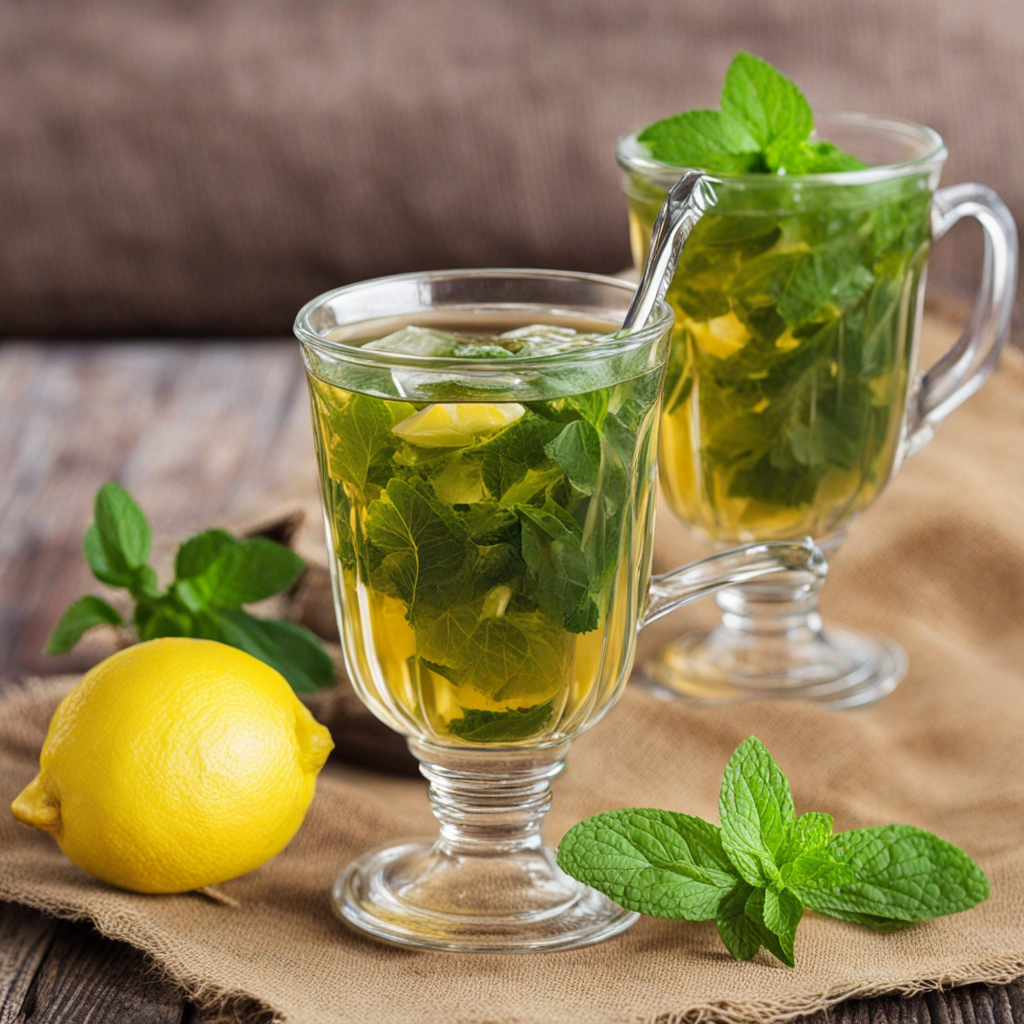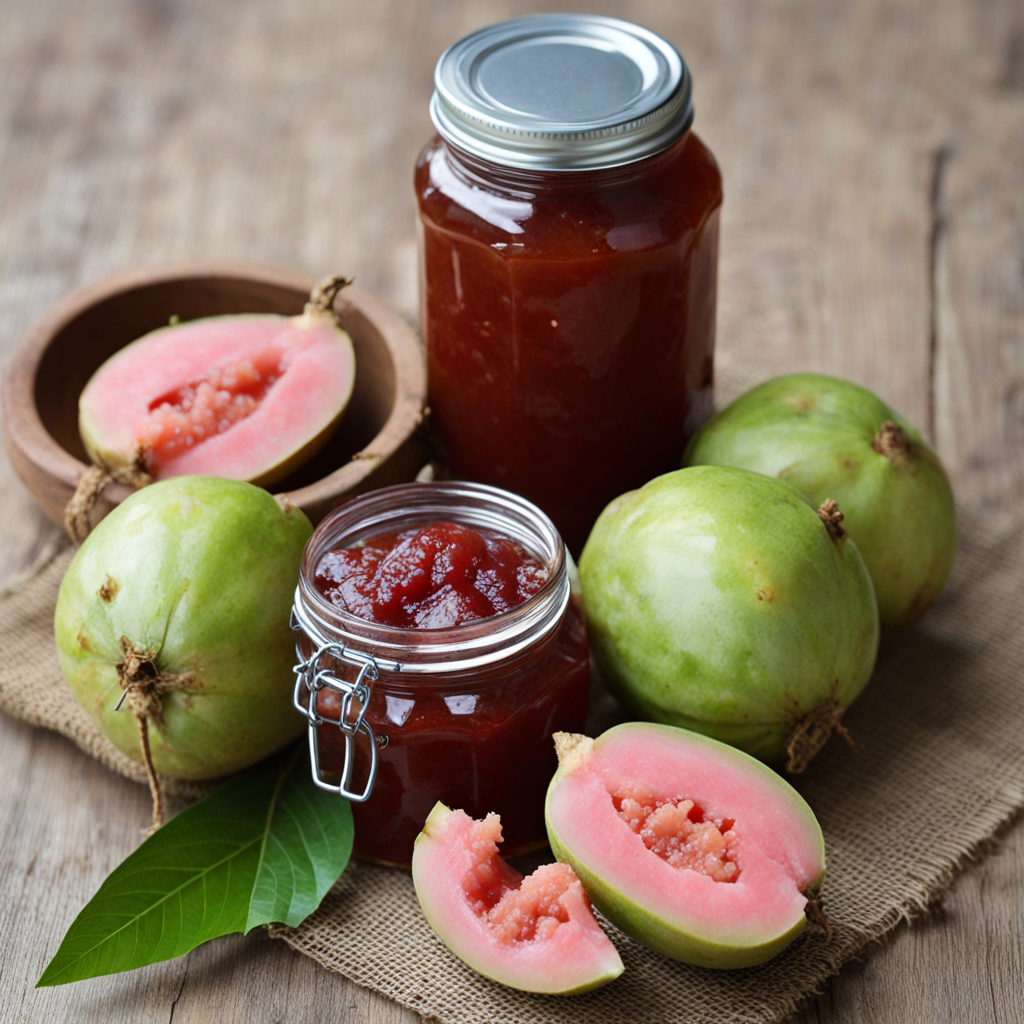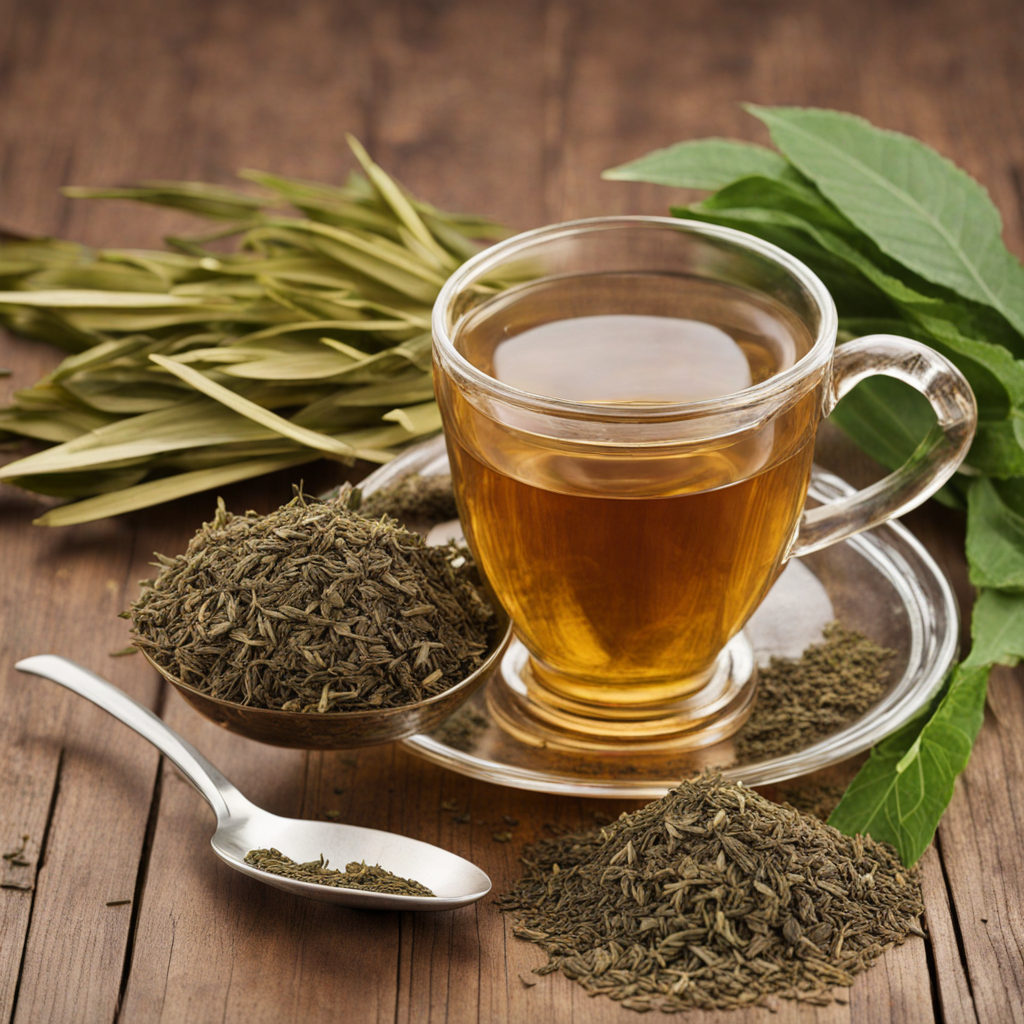Mulukhiyah
Mulukhiyah is a traditional dish that showcases the vibrant flavors and unique textures of its main ingredient, the mulukhiyah leaves, which are also known as jute leaves. These leafy greens are finely chopped and cooked to create a rich, slightly viscous broth that forms the base of the dish. The preparation often incorporates garlic and coriander, which enhance the earthy undertones of the leaves. The result is a savory, aromatic experience that tantalizes the taste buds, inviting you to explore the complexities of this Sudanese culinary treasure. Often served with rice or flatbread, Mulukhiyah can be paired with a variety of proteins such as chicken, lamb, or even beef, depending on personal preference. The meat is usually cooked separately until tender and then added to the mulukhiyah broth, allowing the flavors to meld beautifully. Each bite offers a delightful combination of the tender greens and the succulent meat, all enveloped in a fragrant sauce that could awaken the senses of even the most discerning food lover. What sets Mulukhiyah apart is not only its unique taste but also its cultural significance. In Sudan, it is often enjoyed during family gatherings and celebrations, symbolizing warmth and community. As you delve into this dish, you’ll find that its hearty nature and rich flavors reflect the essence of Sudanese hospitality, making it a perfect choice for anyone looking to explore new culinary horizons. The experience of savoring Mulukhiyah is not just about the food itself; it’s about embracing the stories and traditions that come with each bowl.
How It Became This Dish
The History of Mloukhia: A Culinary Gem of Sudan Mloukhia, a dish steeped in history and cultural significance, stands out as a quintessential element of Sudanese cuisine. Characterized by its deep green color and velvety texture, Mloukhia is made from the leaves of the Corchorus plant, commonly known as jute. This captivating dish is not only a staple in Sudan but also holds a place of honor in various other cultures across the Middle East and North Africa. Its journey through time reflects the broader historical narratives of trade, migration, and cultural exchange that have shaped the region. #### Origins of Mloukhia The roots of Mloukhia can be traced back to ancient civilizations. Jute, the plant from which the dish derives, is believed to have originated in the Indian subcontinent but found its way to Africa via trade routes. The cultivation of jute for both its fiber and its edible leaves was well established by the time of the Pharaohs in ancient Egypt, where the leaves were used in various culinary preparations. Historical texts suggest that Mloukhia was enjoyed by the ancient Egyptians, who referred to it as "mulukhiyah." As trade flourished across the Mediterranean and the Red Sea, the popularity of Mloukhia spread throughout the region. In Sudan, it became particularly prominent due to the favorable climate for growing jute. The dish was embraced by various ethnic groups, each adding their unique flavor and preparation methods, further enriching its culinary legacy. #### Cultural Significance Mloukhia holds a revered place in Sudanese culture, symbolizing hospitality and familial bonds. Traditionally, it is prepared during special occasions, family gatherings, and celebrations, serving as a centerpiece of communal meals. The preparation of Mloukhia is often a communal affair, with family members gathering in the kitchen to wash, chop, and cook the jute leaves together. This practice not only strengthens family ties but also reinforces cultural identity, as recipes are passed down through generations. In addition to its familial importance, Mloukhia is often associated with health and well-being. The leaves are rich in vitamins, minerals, and antioxidants, making Mloukhia a nutritious option in a balanced diet. Its consumption is believed to promote longevity and vitality, leading to its status as a "superfood" in Sudanese households. As a dish that is both nourishing and comforting, Mloukhia embodies the essence of Sudanese culinary philosophy—simple yet profound. #### Preparation and Variations The preparation of Mloukhia is an art form in itself, requiring a delicate balance of flavors and techniques. The leaves are typically dried and then rehydrated before being cooked down to a thick, gooey consistency. The dish can be flavored with a variety of ingredients, including garlic, coriander, and spices such as cumin and chili powder. In Sudan, Mloukhia is often served alongside rice or flatbread, accompanied by stews or grilled meats. Different regions within Sudan have their unique takes on Mloukhia, reflecting local ingredients and culinary traditions. For instance, in the northern regions, Mloukhia might be prepared with lamb or chicken, while in the south, it may be paired with fish or vegetarian options. The variations extend beyond Sudan’s borders; in Egypt, for example, Mloukhia is often served with a side of rice and a tangy sauce, showcasing the adaptability of this beloved dish. #### Historical Development and Modern Influence Throughout history, Mloukhia has witnessed various cultural influences that have shaped its development. The Ottoman Empire's expansion into North Africa introduced new spices and cooking techniques, which were gradually incorporated into Sudanese cuisine, enhancing the flavors of Mloukhia. The dish also played a role in the culinary exchanges that occurred along the Nile River, where diverse cultures mingled and shared their culinary traditions. In contemporary times, Mloukhia has gained recognition beyond Sudan, attracting attention in global culinary circles. As Sudanese diaspora communities have settled in various parts of the world, they have introduced Mloukhia to new audiences, creating opportunities for cultural exchange and appreciation. Sudanese restaurants in cities like London, New York, and Toronto feature Mloukhia on their menus, allowing people from different backgrounds to discover this unique dish. Furthermore, the rise of social media has played a significant role in the resurgence of interest in traditional dishes like Mloukhia. Food bloggers and influencers often share recipes and cooking videos, making Mloukhia accessible to a wider audience. This digital age has fostered a new appreciation for home-cooked meals and traditional cuisines, with Mloukhia standing as a testament to the power of food in bridging cultural divides. #### Challenges and Future Prospects Despite its rich history and cultural significance, Mloukhia faces challenges in the modern culinary landscape. Globalization and fast-food culture have led to a decline in traditional cooking practices, with younger generations becoming less familiar with the preparation of classic dishes. However, there is a growing movement among food enthusiasts and cultural advocates who are eager to preserve and promote traditional cuisines. In Sudan, efforts are being made to revive interest in Mloukhia and other traditional dishes through cooking classes, community events, and food festivals. These initiatives not only celebrate the culinary heritage of Sudan but also contribute to the preservation of cultural identity in an increasingly homogenized world. #### Conclusion Mloukhia is more than just a dish; it is a symbol of Sudan's rich culinary heritage, reflecting the interconnectedness of history, culture, and community. Its journey from ancient kitchens to modern tables illustrates the enduring power of food as a catalyst for connection and cultural exchange. As Mloukhia continues to be prepared and enjoyed by generations to come, it will undoubtedly remain a cherished emblem of Sudanese identity and a delicious reminder of the past. Whether served at a festive gathering or enjoyed in the comfort of one’s home, Mloukhia embodies the spirit of hospitality, nourishment, and the shared love of food that transcends borders and unites people across cultures.
You may like
Discover local flavors from Sudan


